Forgotten early space missions
The early days of space exploration are filled with tales of triumph and tribulation, yet many of these stories remain unsung. As we look back, we’re reminded of the pioneering spirit that propelled humanity beyond Earth’s confines. The race to the stars was a time of innovation and daring, where every mission was a leap into the unknown. Rediscovering these lost tales offers a glimpse into the tenacity and creativity that defined an era.
The Dawn of the Space Age: Setting the Stage for Exploration
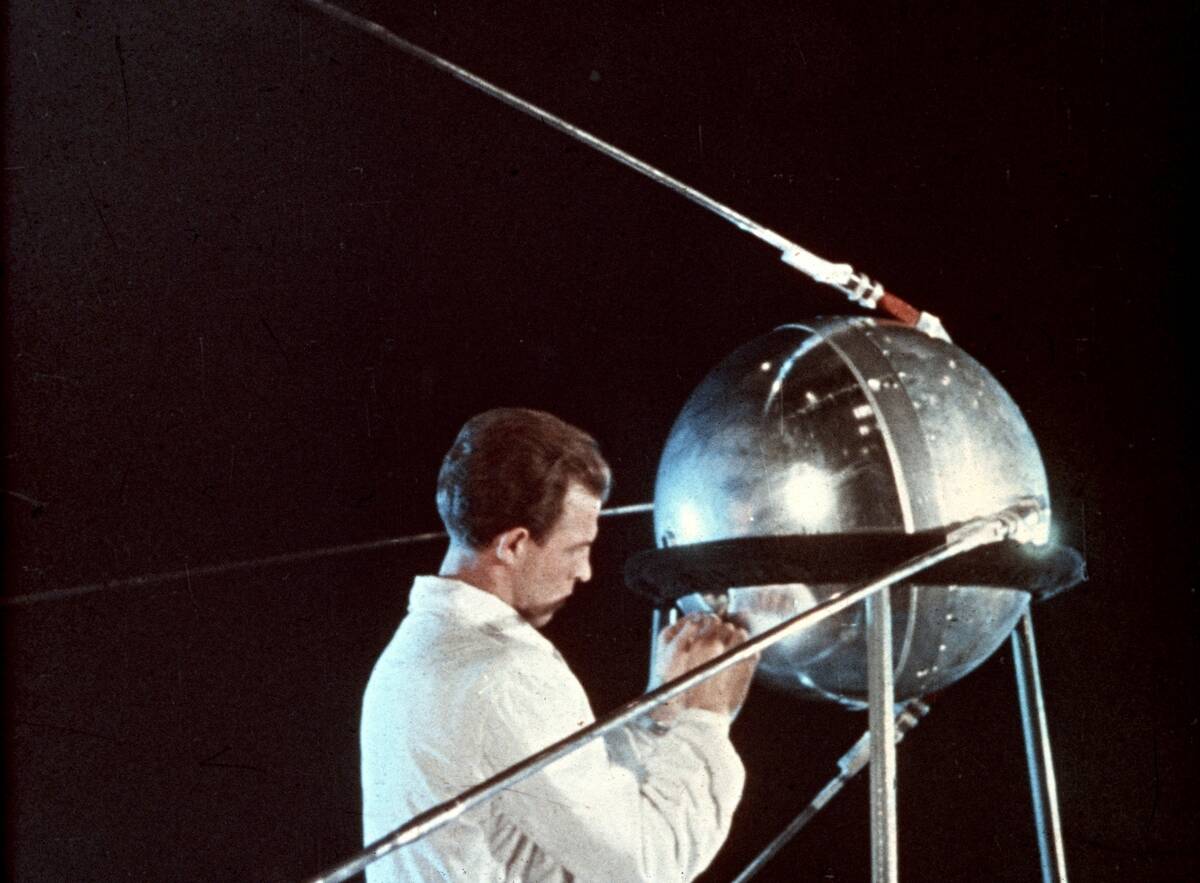
The launch of Sputnik 1 by the Soviet Union in 1957 marked the start of the space age, captivating imaginations worldwide. This 83.6 kg satellite orbited Earth, providing proof that humans could reach space. Its beeping signal, heard by radio operators across the globe, sparked a new era of competition and collaboration. The space race had begun, pushing the limits of technology and human endurance.
Project Vanguard: America’s First Satellite Attempt
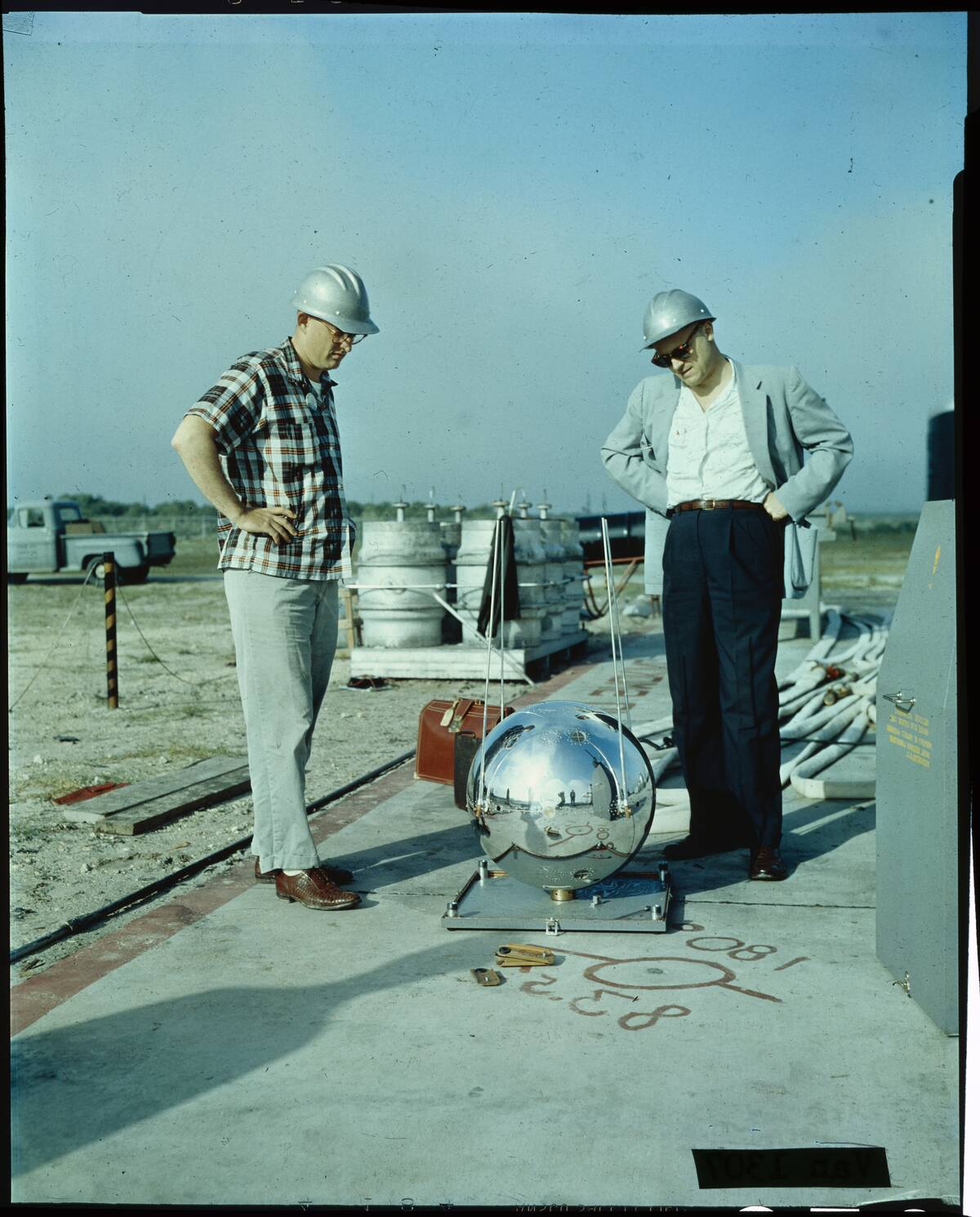
Project Vanguard was the United States’ ambitious bid to launch its first satellite, but it faced setbacks. The Vanguard TV3 exploded moments after liftoff in December 1957, earning the nickname ‘Flopnik.’ Despite the failure, the project laid the groundwork for future successes. It wasn’t until March 1958 that Vanguard 1 reached orbit, proving resilience in the face of adversity.
Luna 2: The Soviet Union’s Trailblazer to the Moon
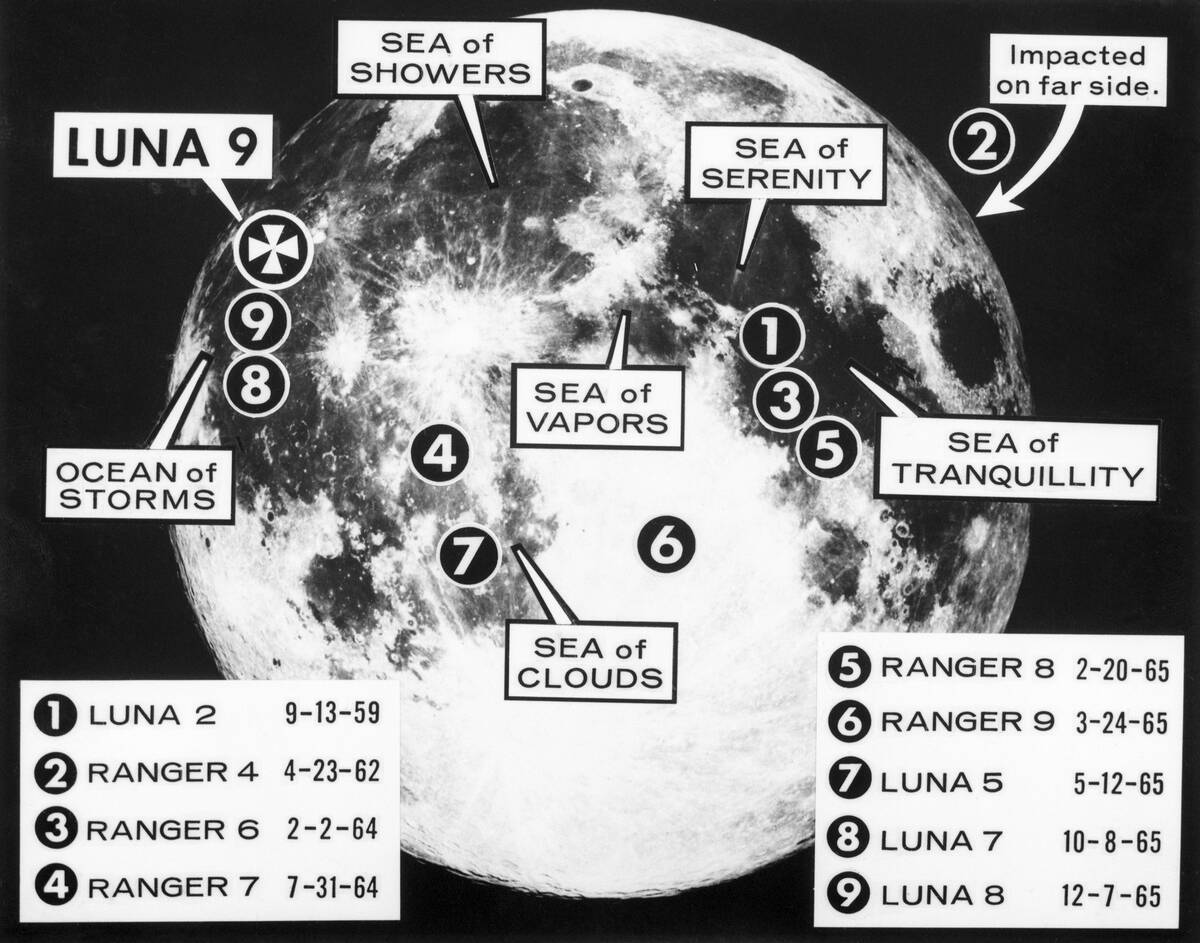
Luna 2 became a historic milestone in 1959 as the first human-made object to reach the Moon. Launched by the Soviet Union, it crashed into the lunar surface, scattering Soviet emblems. This achievement was a morale booster for the Soviets and showcased their prowess in space exploration. Luna 2’s success also intensified the space race, prompting the U.S. to ramp up its efforts.
Explorer 6: The First Satellite to Capture Earth’s Image
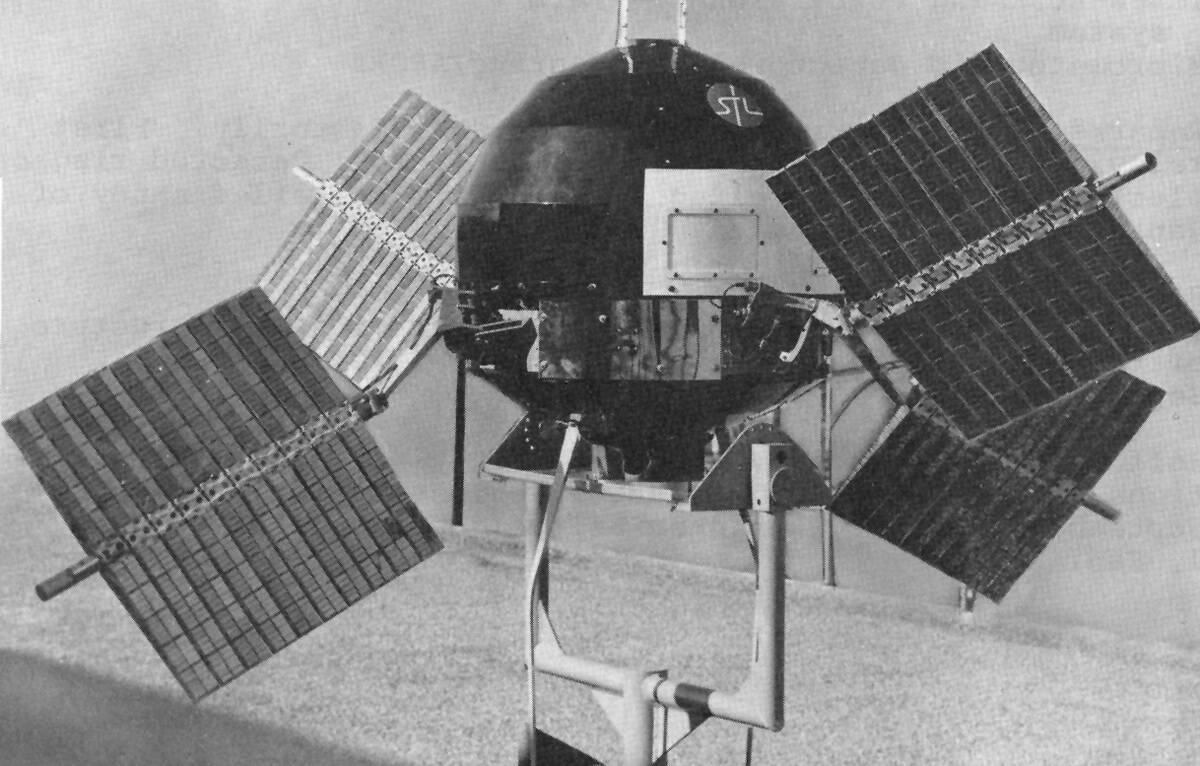
Launched in 1959, Explorer 6 holds the distinction of capturing the first image of Earth from space. The satellite, also known as the ‘Paddlewheel Satellite’ due to its solar panel design, sent back a grainy but groundbreaking photo. This image, taken from 27,000 km away, was a precursor to the stunning visuals we enjoy today. It demonstrated the value of satellites in observing our planet.
Pioneer 4: America’s First Successful Lunar Flyby
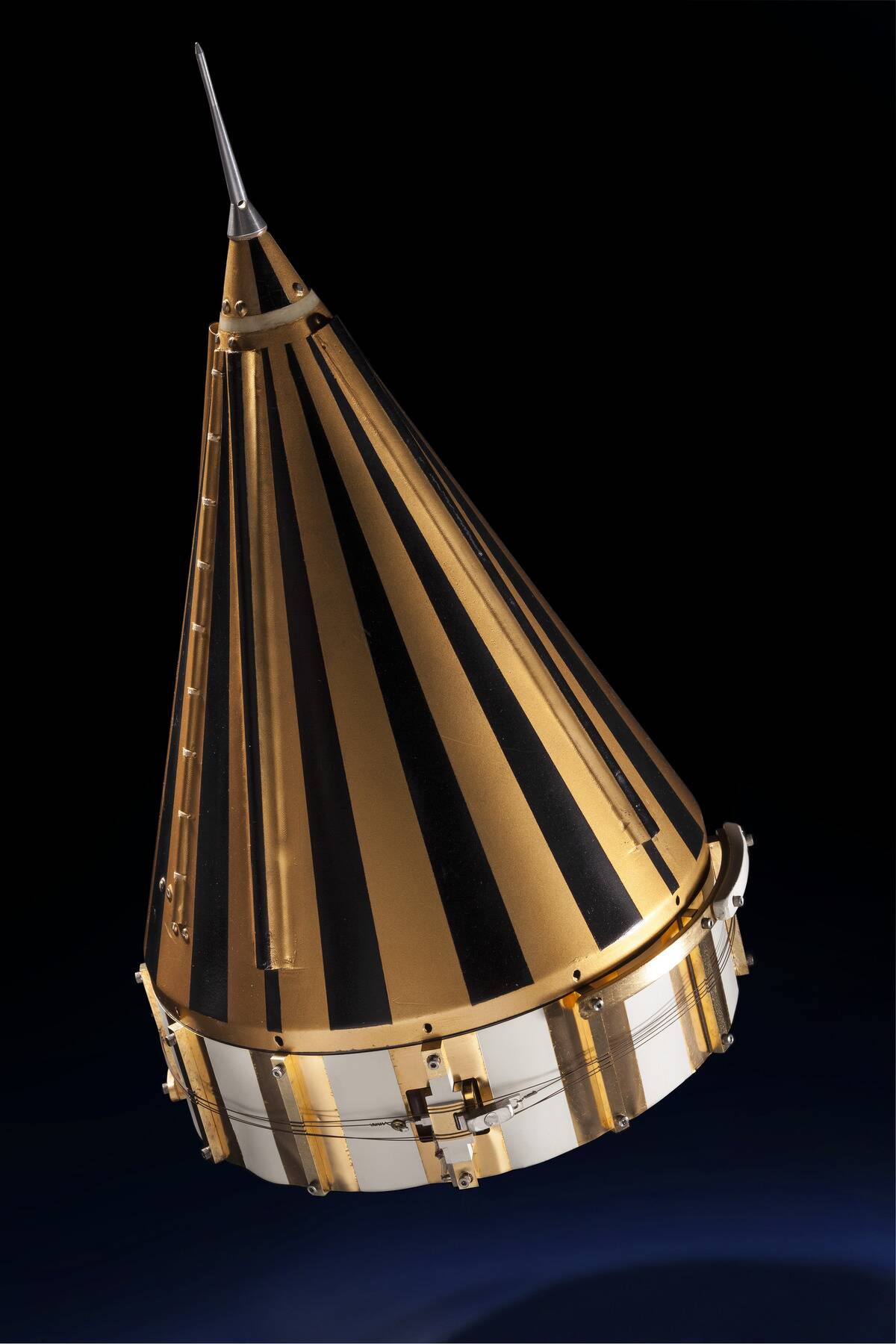
Pioneer 4 marked a significant achievement for the United States in 1959 by successfully flying by the Moon. This mission followed several failed attempts and helped regain confidence in American space capabilities. Although it missed its primary target, Pioneer 4 provided valuable data on radiation levels beyond Earth’s atmosphere. This success paved the way for more ambitious lunar missions.
The X-15 Program: Where Space Meets Atmosphere
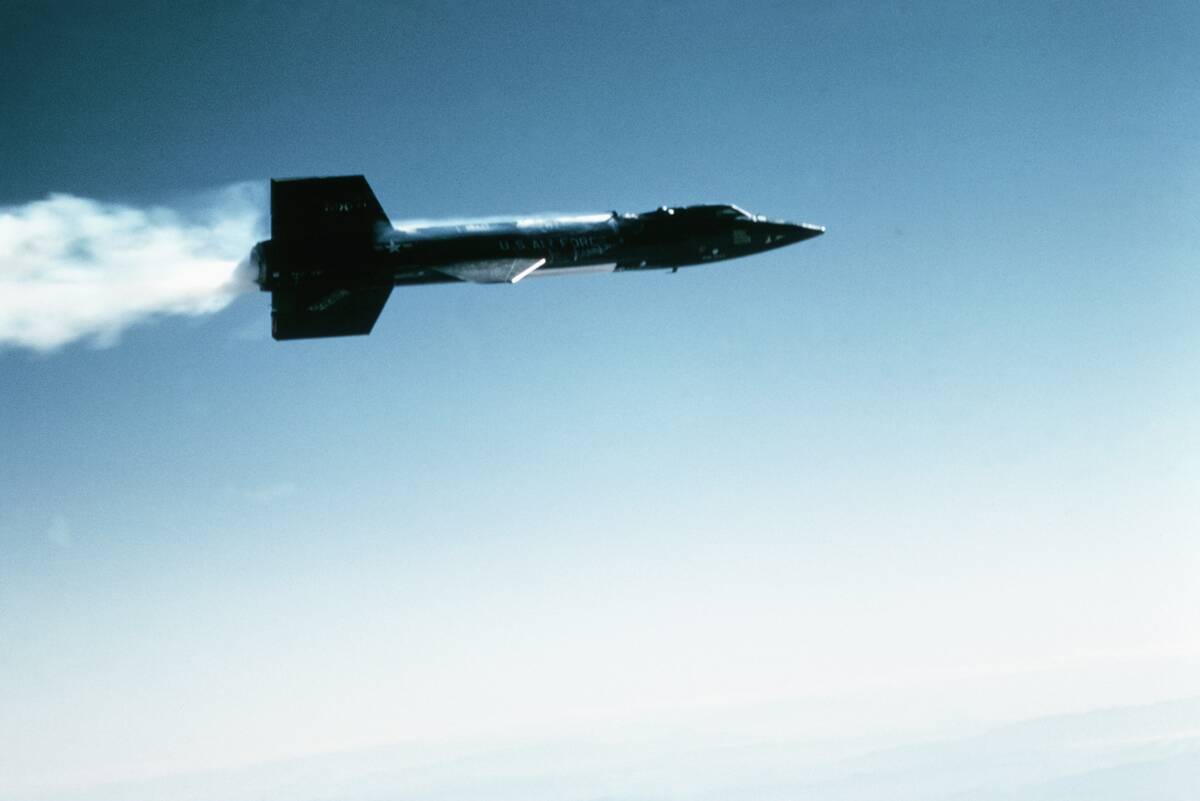
The X-15 program was an experimental rocket plane initiative that pushed the boundaries of flight. Operating from 1959 to 1968, the X-15 reached altitudes that edged into space, collecting critical data on hypersonic flight. Pilots like Neil Armstrong flew the X-15, gaining invaluable experience for future space missions. The program’s insights contributed to the development of spacecraft like the Space Shuttle.
Vostok 1K: The Uncrewed Precursors to Human Spaceflight
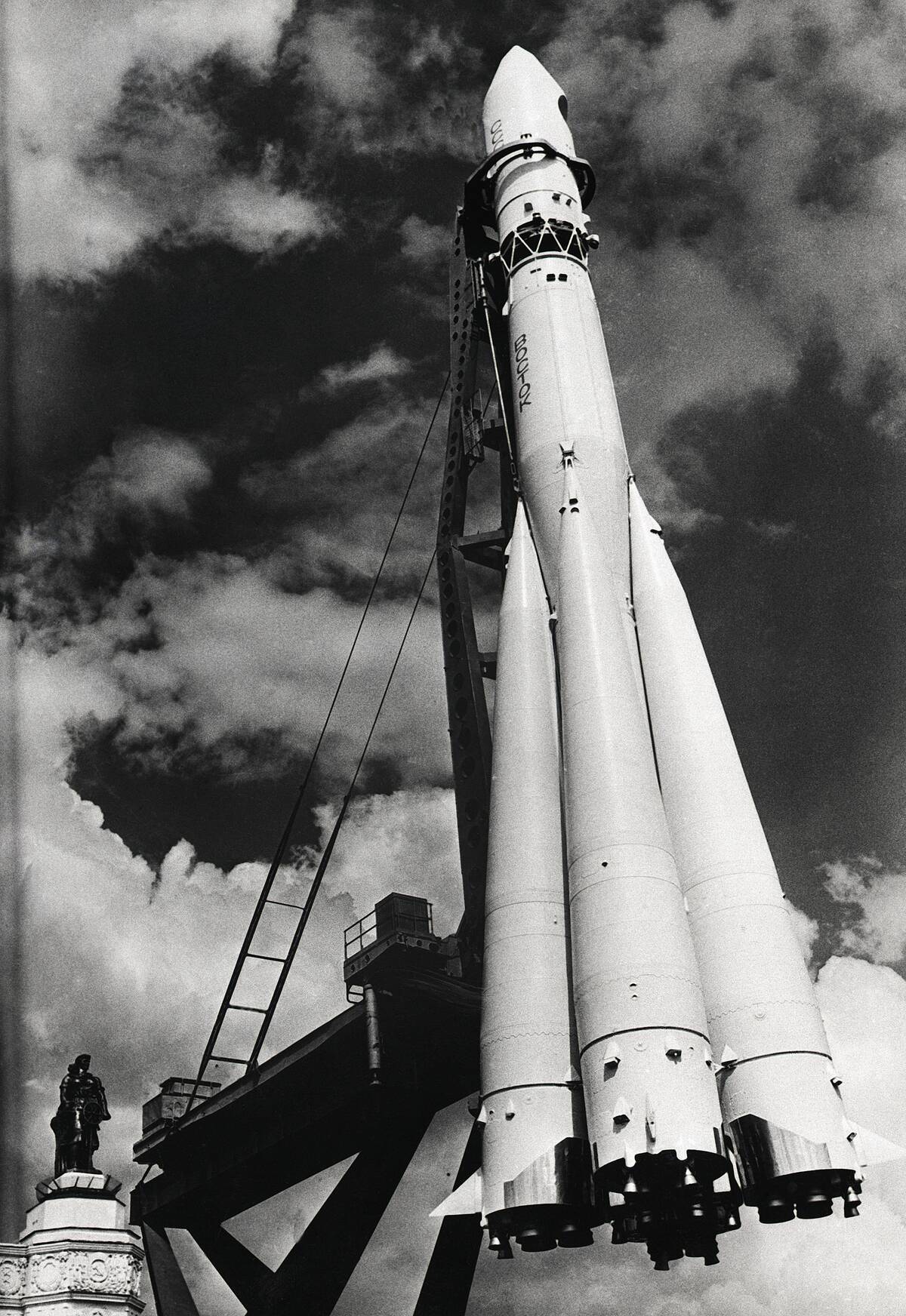
Before Yuri Gagarin’s historic flight, the Soviet Union conducted uncrewed missions with the Vostok 1K spacecraft. These missions were crucial for testing life-support systems and reentry procedures. Launched in 1960, the Vostok 1K carried mannequins and scientific instruments to simulate human conditions. The success of these flights paved the way for Gagarin to become the first human in space in 1961.
Ranger 3: NASA’s Misadventure to the Moon
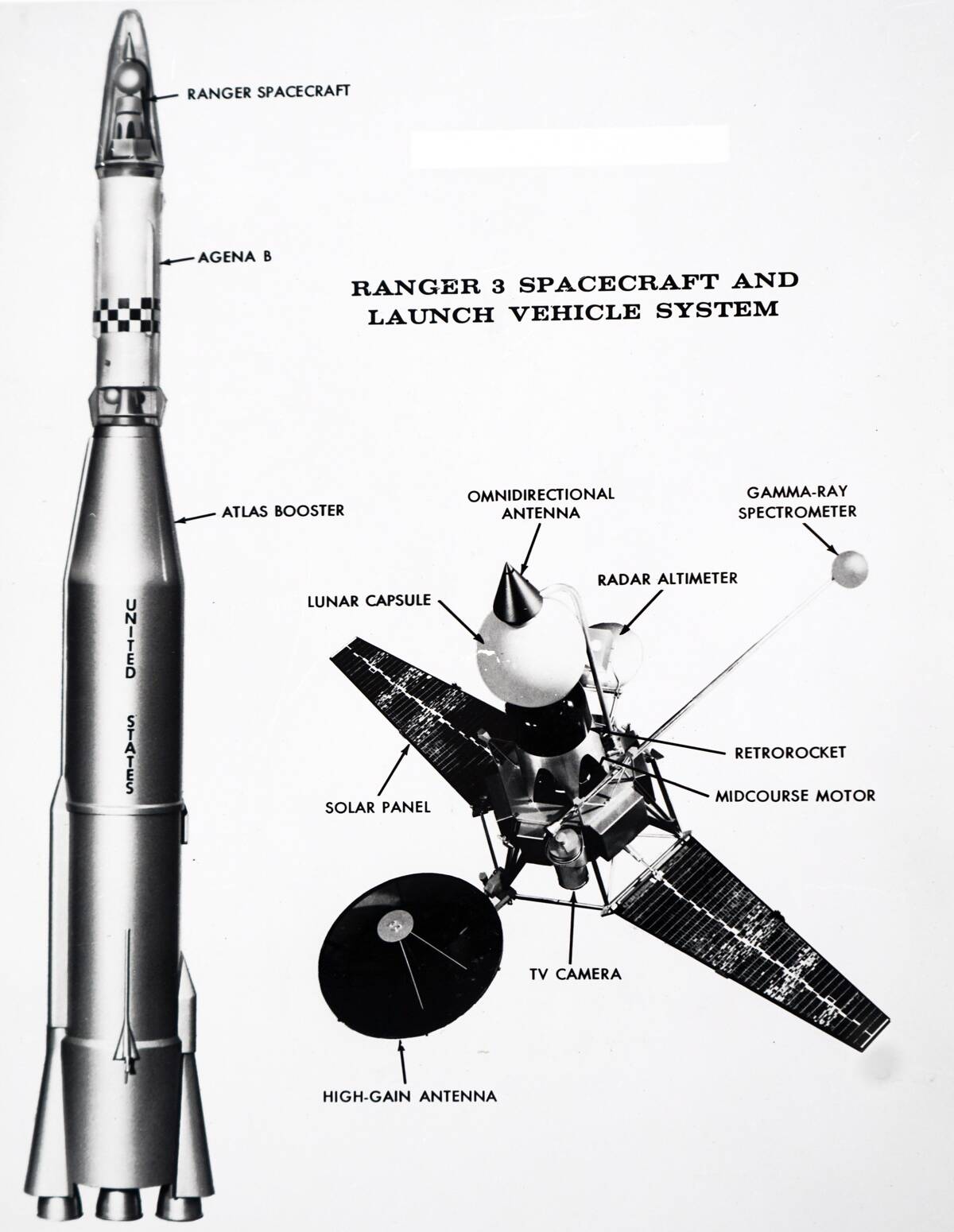
Ranger 3, launched in 1962, was NASA’s attempt to capture close-up images of the Moon, but it missed its target due to a navigational error. The spacecraft ended up in a heliocentric orbit, illustrating the challenges of early space missions. Despite the setback, Ranger 3 offered valuable lessons that informed subsequent missions. Each misstep brought NASA closer to its lunar exploration goals.
Mariner 1: The Rocket That Lost Its Way
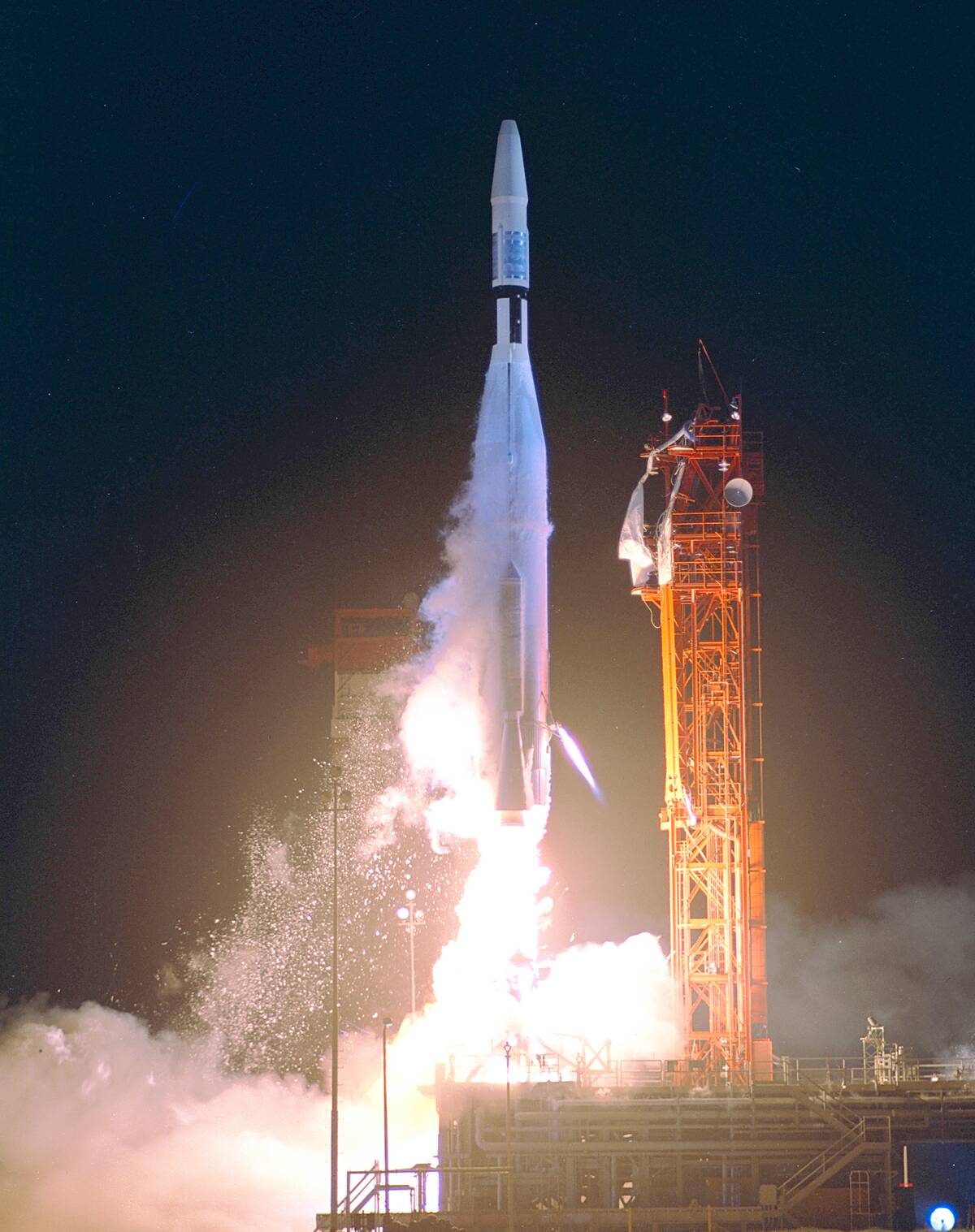
Mariner 1’s 1962 mission ended abruptly when the rocket veered off course, leading to a self-destruct command. A coding error in the guidance system was the culprit, highlighting the importance of precision in space exploration. Despite its failure, Mariner 1 underscored the complexities of interplanetary travel. This mission’s lessons were instrumental in the later successes of the Mariner program.
Luna 9: The First Soft Landing on the Moon
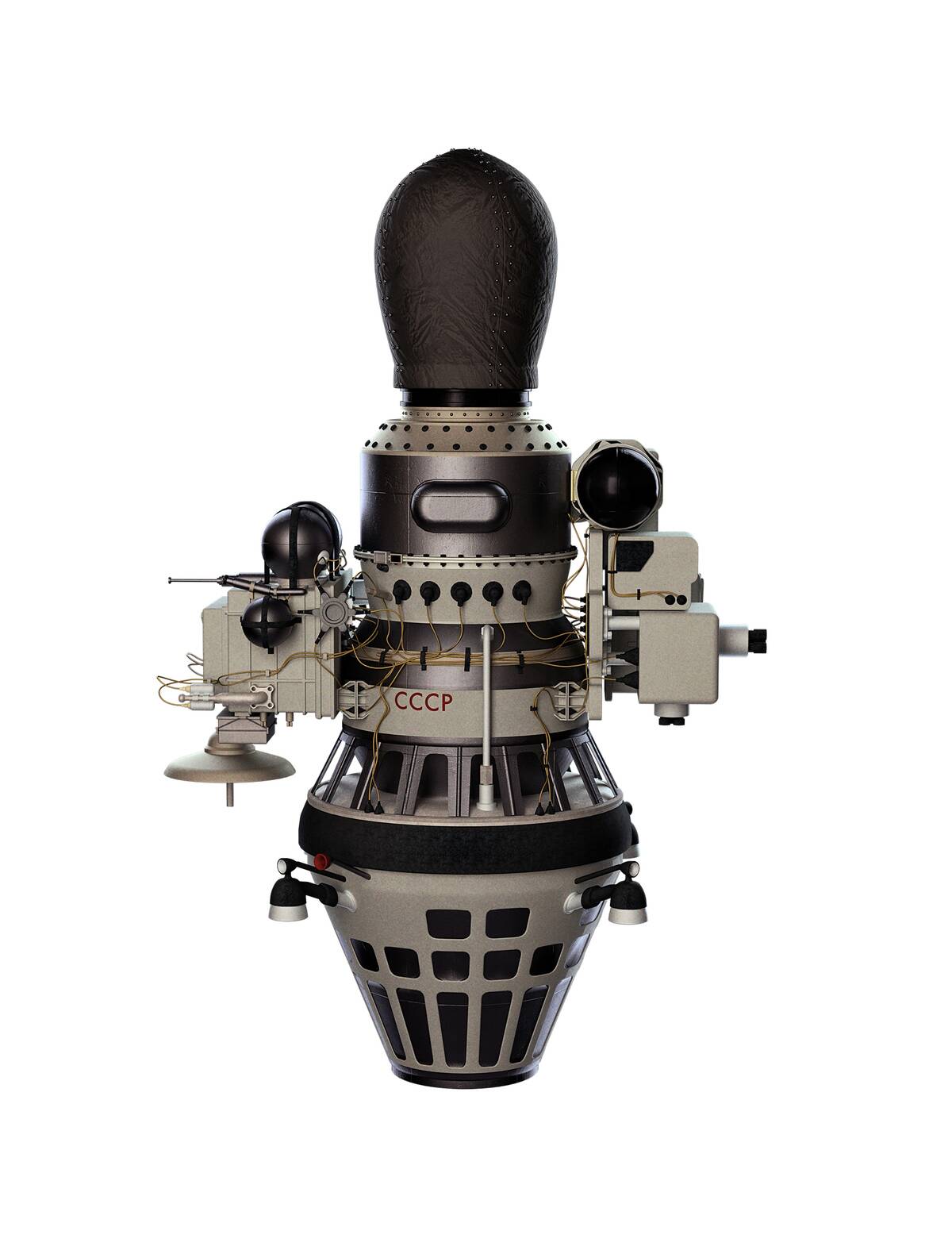
In 1966, Luna 9 achieved the first soft landing on the Moon, marking a significant triumph for the Soviet space program. The spacecraft transmitted panoramic images of the lunar surface, providing unprecedented views. Luna 9’s success demonstrated the feasibility of landing on extraterrestrial bodies and inspired future missions. This achievement was a critical step towards human exploration of the Moon.
Zond 1: The Soviet’s Silent Venus Mission
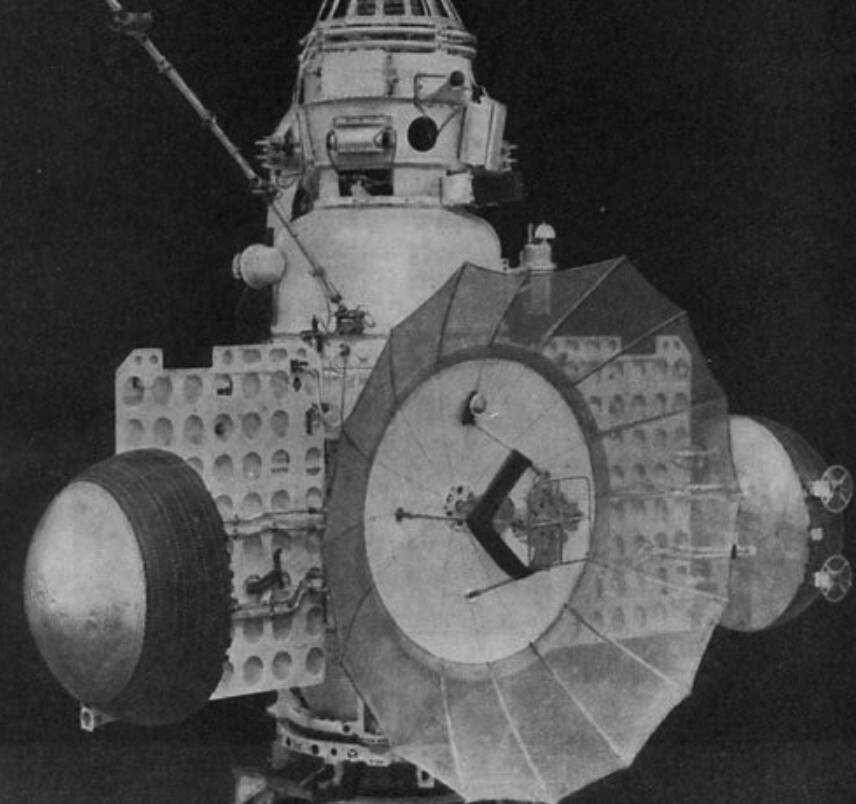
Zond 1, launched in 1964, was intended to study Venus but suffered communication failure en route. The spacecraft passed the planet silently, missing its scientific objectives. Despite the setback, Zond 1 contributed to the understanding of interplanetary travel challenges. This mission highlighted the importance of reliable communication systems in deep space exploration.
Gemini VIII: An Unplanned Spin in Space
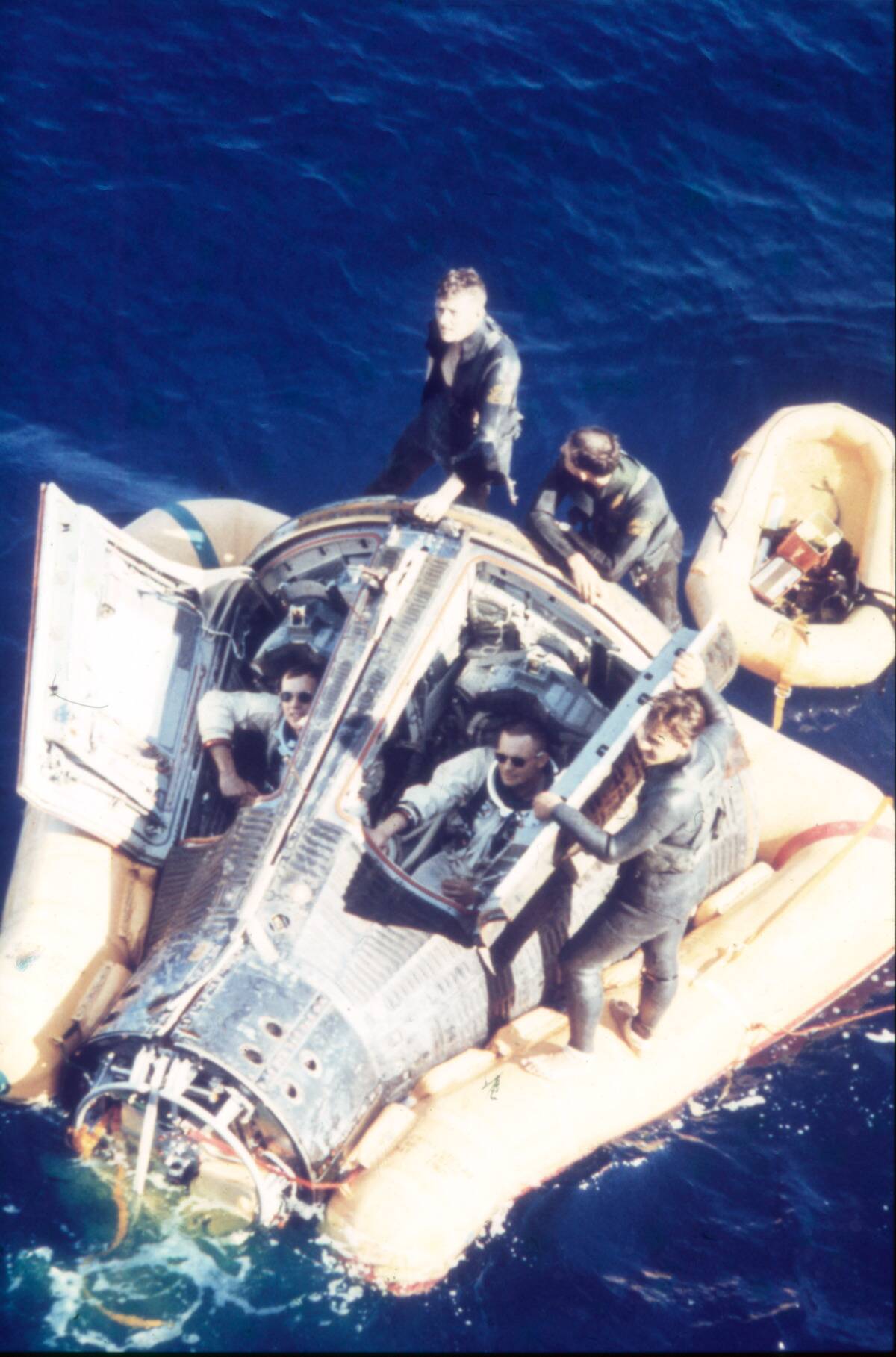
Gemini VIII, launched in 1966, was a pivotal mission for NASA, despite its unexpected challenges. Astronauts Neil Armstrong and David Scott experienced an uncontrolled spin due to a stuck thruster. Their quick-thinking and calm response averted disaster, showcasing the importance of astronaut training. Gemini VIII’s safe return reinforced the need for thorough testing and preparation for space missions.
Surveyor 1: Paving the Way for Human Moon Landings
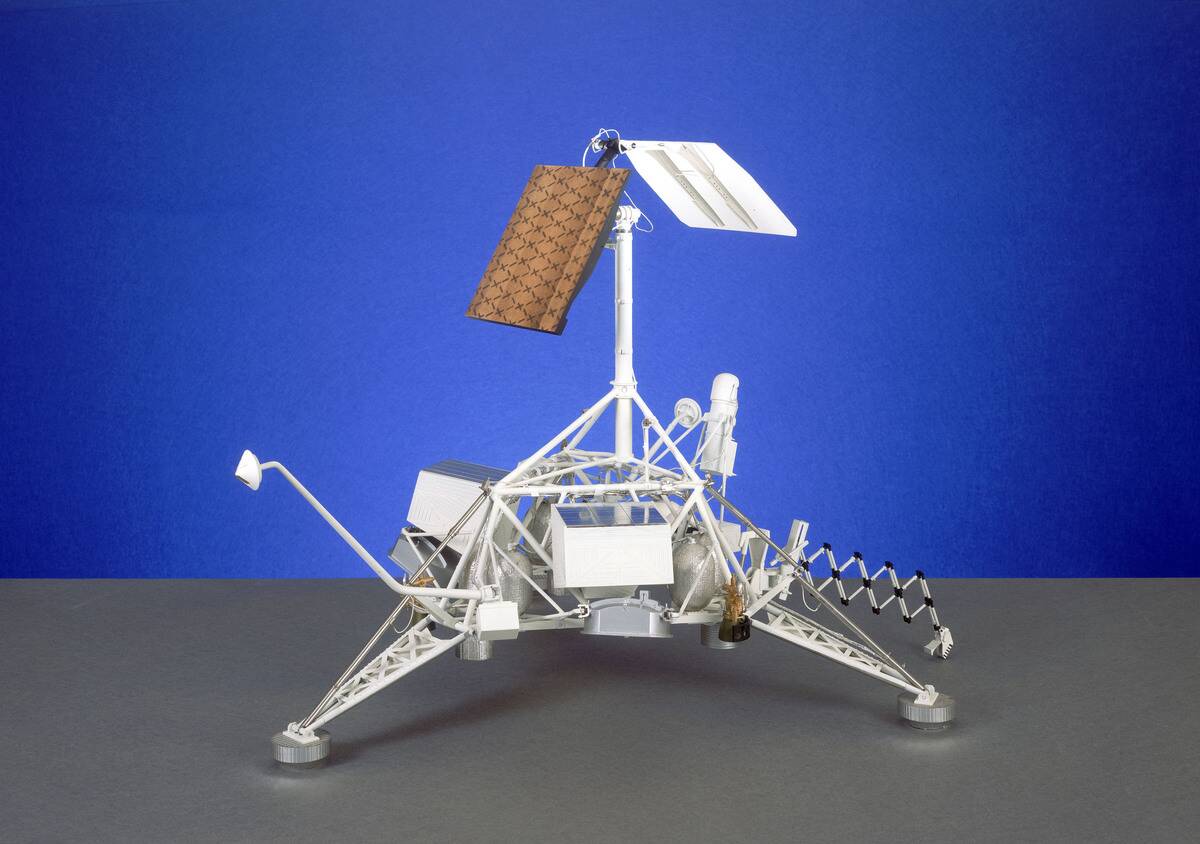
Surveyor 1’s successful landing in 1966 provided vital data on the Moon’s surface, aiding future manned missions. The spacecraft’s ability to soft-land and relay information confirmed the Moon’s stability for landings. Surveyor 1’s achievements helped NASA refine landing techniques, directly influencing the Apollo program. This mission was a crucial step in humanity’s journey to the Moon.
The Forgotten Heroes: Uncelebrated Engineers and Scientists
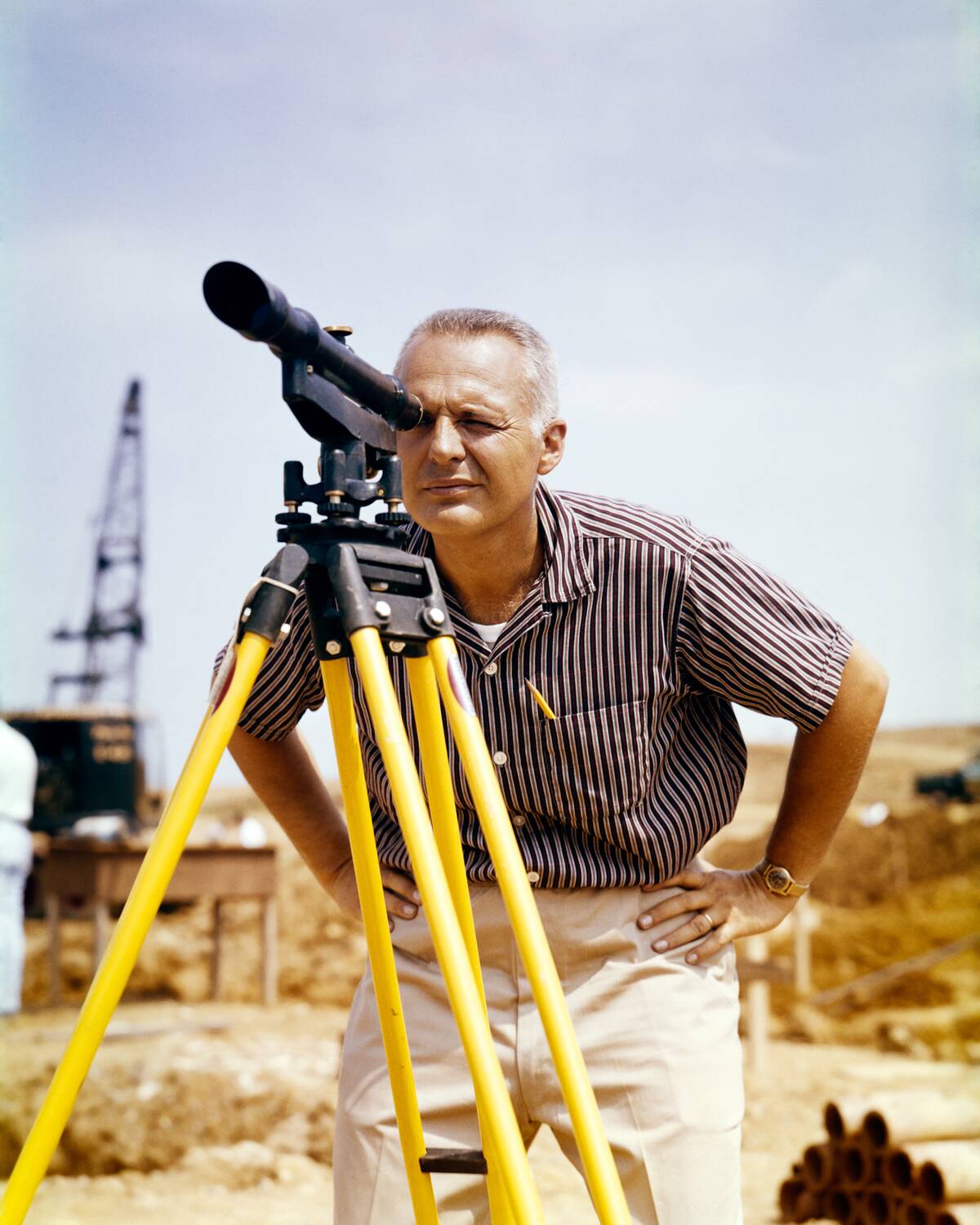
Behind every space mission’s success are the dedicated engineers and scientists who remain largely uncelebrated. Their ingenuity and perseverance turned dreams into reality, overcoming technical hurdles. These unsung heroes crafted the spacecraft, planned the missions, and solved problems on the fly. Their contributions laid the foundation for every leap forward in space exploration, reminding us of the collaborative nature of these endeavors.
Lessons Learned: How Early Missions Shaped Modern Space Exploration
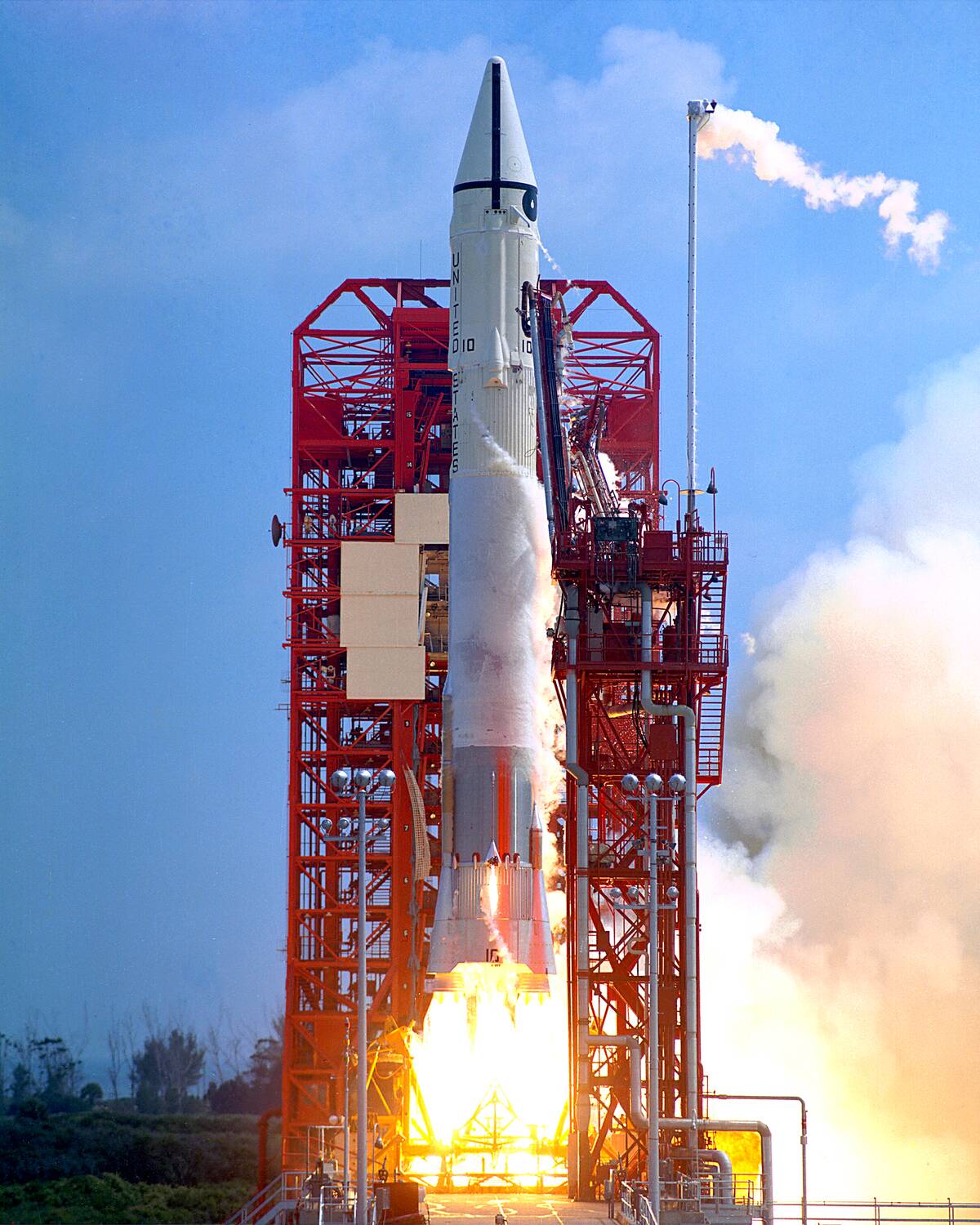
The trials and triumphs of early space missions have profoundly shaped modern exploration. Each mission taught valuable lessons in engineering, teamwork, and crisis management. These pioneering efforts paved the way for today’s sophisticated spacecraft and ambitious missions. Looking back, we see how far we’ve come, guided by the experiences and insights gained from these early steps into the cosmos.




